I wouldn't be that worried - the technicians know what they are doing.Interesting. I would not like to be the test pilot who flies the Franken-bird for the first time especially if anything goes wrong with the airframe during the test flight.
You are using an out of date browser. It may not display this or other websites correctly.
You should upgrade or use an alternative browser.
You should upgrade or use an alternative browser.
Lockheed Martin F-35 Lightning II Joint Strike Fighter (JSF)
- Thread starter Triton
- Start date
-
- Tags
- f-35 lockheed martin stealth usa
FighterJock
ACCESS: Top Secret
- Joined
- 29 October 2007
- Messages
- 4,263
- Reaction score
- 3,470
I wish the test pilot a safe flight,when it happens.
Scott Kenny
ACCESS: Above Top Secret
- Joined
- 15 May 2023
- Messages
- 6,227
- Reaction score
- 5,075
Won't be too bad, the forward fuselage only fits one way.Interesting. I would not like to be the test pilot who flies the Franken-bird for the first time especially if anything goes wrong with the airframe during the test flight.
I know of a Cessna that needed a new tail put on it, the mechanics managed to get it one rivet hole off square.
What?!
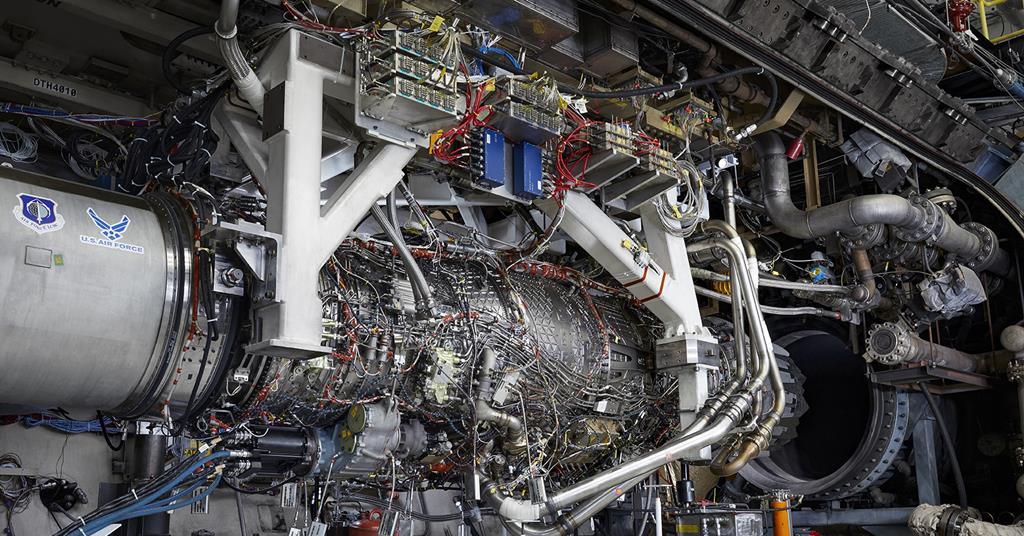
 www.flightglobal.com
www.flightglobal.com
Increasingly boring Hollywood should inspire itself from Congress.

US Congress restores funding to F-35 adaptive engine programme
Although the Pentagon wants to move on from the Adaptive Engine Transition Programme, lawmakers in the US Capitol approved $280 million in 2024 to fund the research programme that generated two prototype adaptive cycle powerplants for the F-35 stealth fighter.
Increasingly boring Hollywood should inspire itself from Congress.
Last edited:
Well, tbh, it does sound like good new, F-35 kinda lag behind in kinematic compared to other 5th gen fighterWhat?!

US Congress restores funding to F-35 adaptive engine programme
Although the Pentagon wants to move on from the Adaptive Engine Transition Programme, lawmakers in the US Capitol approved $280 million in 2024 to fund the research programme that generated two prototype adaptive cycle powerplants for the F-35 stealth fighter.www.flightglobal.com
Increasingly boring Hollywood should inspire itself from Congress.
- Joined
- 29 November 2010
- Messages
- 1,704
- Reaction score
- 3,219
so why does the Pentagon want to move on from the engines?
unfortunately the news link is paywalled
unfortunately the news link is paywalled
So that they can focus on what they have that already works and can invest funds appropriately on more rather than waste them on programs that won’t deliver any new capabilities. If the US Govt truly wanted to enhance the F-35 propulsion system they would be better served by investing that money in spare parts for the F135 rather than diluting capability by continuing the GE program.so why does the Pentagon want to move on from the engines?
unfortunately the news link is paywalled
WatcherZero
ACCESS: Secret
- Joined
- 22 May 2023
- Messages
- 444
- Reaction score
- 779
Yeah, doubles the logistics chain for engines and the gains were marginal over the Engine Core Upgrade, ironically enough because Congress was slow in passing a defence bill work on that program had been slowed as it had been unfunded for two and a half months.
The AETP engine isn't just incompatible with the F-35B, its incompatible with the F-35C as well. Meanwhile the Engine Core Upgrade benefitted both the A and C and offered more cooling but not more power to the B's.
The AETP engine isn't just incompatible with the F-35B, its incompatible with the F-35C as well. Meanwhile the Engine Core Upgrade benefitted both the A and C and offered more cooling but not more power to the B's.
F-135 ECU will increase thrust and range by 7% and 50% improvement in coolingYeah, doubles the logistics chain for engines and the gains were marginal over the Engine Core Upgrade, ironically enough because Congress was slow in passing a defence bill work on that program had been slowed as it had been unfunded for two and a half months.
The AETP engine isn't just incompatible with the F-35B, its incompatible with the F-35C as well. Meanwhile the Engine Core Upgrade benefitted both the A and C and offered more cooling but not more power to the B's.
XA100 AETP will increase thrust by 20% and range by 30% and 100% improvement in cooling
X100 AETP not only offer a lot more thrust and range compared to F-135ECU, it also help with skin cooling, I wouldn't say it offer no additional capabilities. There is a good reason why they want it on 6th genSo that they can focus on what they have that already works and can invest funds appropriately on more rather than waste them on programs that won’t deliver any new capabilities. If the US Govt truly wanted to enhance the F-35 propulsion system they would be better served by investing that money in spare parts for the F135 rather than diluting capability by continuing the GE program.
WatcherZero
ACCESS: Secret
- Joined
- 22 May 2023
- Messages
- 444
- Reaction score
- 779
F-135 ECU will increase thrust and range by 7% and 50% improvement in cooling
XA100 AETP will increase thrust by 20% and range by 30% and 100% improvement in cooling
Indeed but the PTMS which is a revamp of the APU and an entirely separate project to the ECU also improves cooling by 50% and provides all required ground power for start-up or maintenance diagnostic checks without the need to start the main engine until actual takeoff. So combined they match the cooling performance of a replacement engine while the improvements reduce electrical generation demand on the engine increasing range (through lower electrical conversion requirement) even without a direct improvement to burn efficiency.
(PTMS is also about 1,000 pounds lighter and physically smaller)
Last edited:
Capability is measured in more than thrust and engine performance. It includes the ability to sustain and support which is arguably more importan. In the case of the F135 one already has 5 - 6 depots globally. introducing a new engine as a replacement would necessitate replacing those and all the investments made (not only in facilities but tooling, training, spares etc). Once you factor that it the picture looks different.X100 AETP not only offer a lot more thrust and range compared to F-135ECU, it also help with skin cooling, I wouldn't say it offer no additional capabilities. There is a good reason why they want it on 6th gen
Last edited:
To be honest, I find that more in the logistic side rather than capability side.Capability is measured in more than thrust and engine performance. It includes the ability to sustain and support which is arguably more importan. In the case of the F135 one already has 5 - 6 depots globally. introducing a new engine as a replacement would necessitate replacing those and all the investments made (not only in facilities but tooling, training, spares etc). Once you factor that it the picture looks different.
While the ability to sustain and support of the supply chain is important , there are also disadvantage in having shorter ranged , slower aircraft. There are also certain advantage in having 2 supplier for your engines as they will compete against each other for better product
To be fair, I think PTMS could be adapted for XA100 as well.Indeed but the PTMS which is a revamp of the APU and an entirely separate project to the ECU also improves cooling by 50% and provides all required ground power for start-up or maintenance diagnostic checks without the need to start the main engine until actual takeoff. So combined they match the cooling performance of a replacement engine while the improvements reduce electrical generation demand on the engine increasing range (through lower electrical conversion requirement) even without a direct improvement to burn efficiency.
(PTMS is also about 1,000 pounds lighter and physically smaller)
Beside, one advantage of 3 stream engine could be lower skin temperature , which is significant advantage for stealth aircraft
i assume you are referring to the Colins Aerospace proposed upgrade (see below article for example) given the PTMS has been part of the F-35 from the start.Indeed but the PTMS which is a revamp of the APU and an entirely separate project to the ECU also improves cooling by 50% and provides all required ground power for start-up or maintenance diagnostic checks without the need to start the main engine until actual takeoff. So combined they match the cooling performance of a replacement engine while the improvements reduce electrical generation demand on the engine increasing range (through lower electrical conversion requirement) even without a direct improvement to burn efficiency.
(PTMS is also about 1,000 pounds lighter and physically smaller)
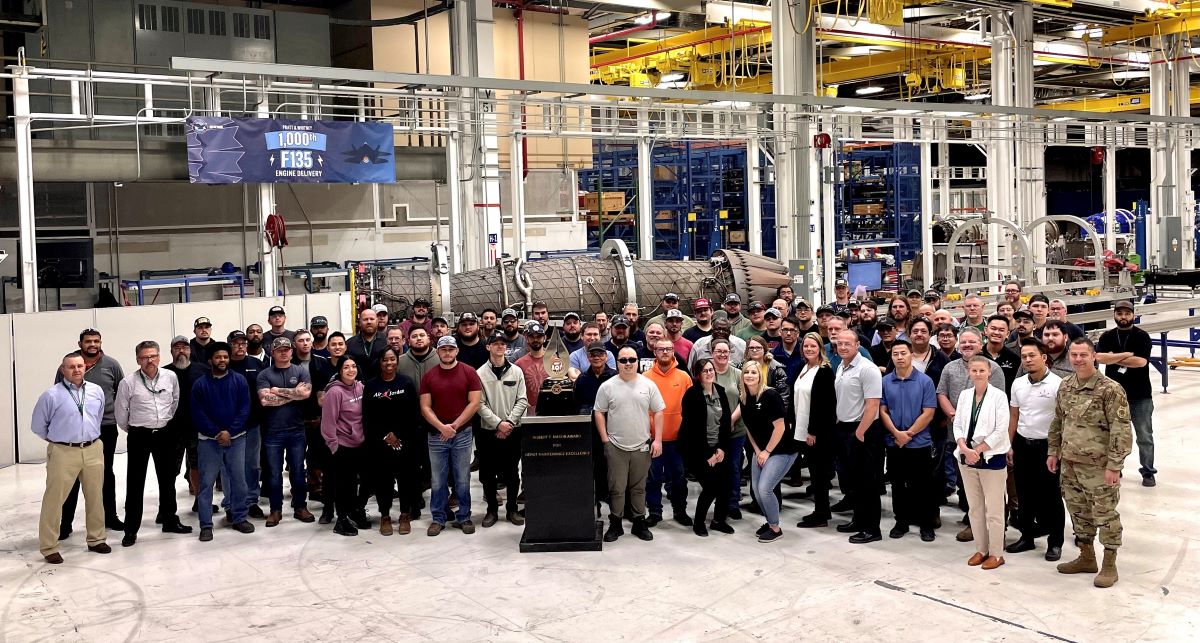
Collins Aerospace: EPACS PTMS for F-35 Will Provide More Than Twice the Current Cooling - Defense Daily
Raytheon Technologies' Collins Aerospace said last week at the Paris Air Show that it has conducted a lab test in Windsor Locks, Conn., of the Enhanced
 www.defensedaily.com
www.defensedaily.com
the ability to sustain a platform is most definitely part of overall capability. It doesn’t matter if your engine gives you warp speed if it can’t get in the air because of lack of serviceability. Or to put it another way, an Air Force with Fokker Eindeckers will defeat one with F-22s if the former can get in the air while the latter is grounded due to lack of sustainment support.To be honest, I find that more in the logistic side rather than capability side.
While the ability to sustain and support of the supply chain is important ,
its not as if the F-35 really suffers on that front. Just check the reports from pilots and exercises. The Air Forces operating are satisfied with its capabilities. One also shouldn’t get so tied up in kinematic performance when you factor in the F-35s overall sensor ( on board and off board), data fusion and LO capabilities and the ability it has to see and not be seen…there are also disadvantage in having shorter ranged , slower aircraft.
Not if one type doesn’t fit in the platforms…There are also certain advantage in having 2 supplier for your engines as they will compete against each other for better product
Kiltonge
Greetings Earthling
- Joined
- 24 January 2013
- Messages
- 465
- Reaction score
- 630
Capability is measured in more than thrust and engine performance. It includes the ability to sustain and support which is arguably more importan. In the case of the F135 one already has 5 - 6 depots globally. introducing a new engine as a replacement would necessitate replacing those and all the investments made (not only in facilities but tooling, training, spares etc). Once you factor that it the picture looks different.
Once you scale into the hundreds or thousands of units there can be a crossover of logistic simplicity versus logistic capability. It may be more advantageous to have two supply chains despite the complexity it introduces.
Airlines often find this with large fleets, splitting engine or airframe suppliers can be more economical than enforced standardisation.
JPO seems to disagree:Once you scale into the hundreds or thousands of units there can be a crossover of logistic simplicity versus logistic capability. It may be more advantageous to have two supply chains despite the complexity it introduces.
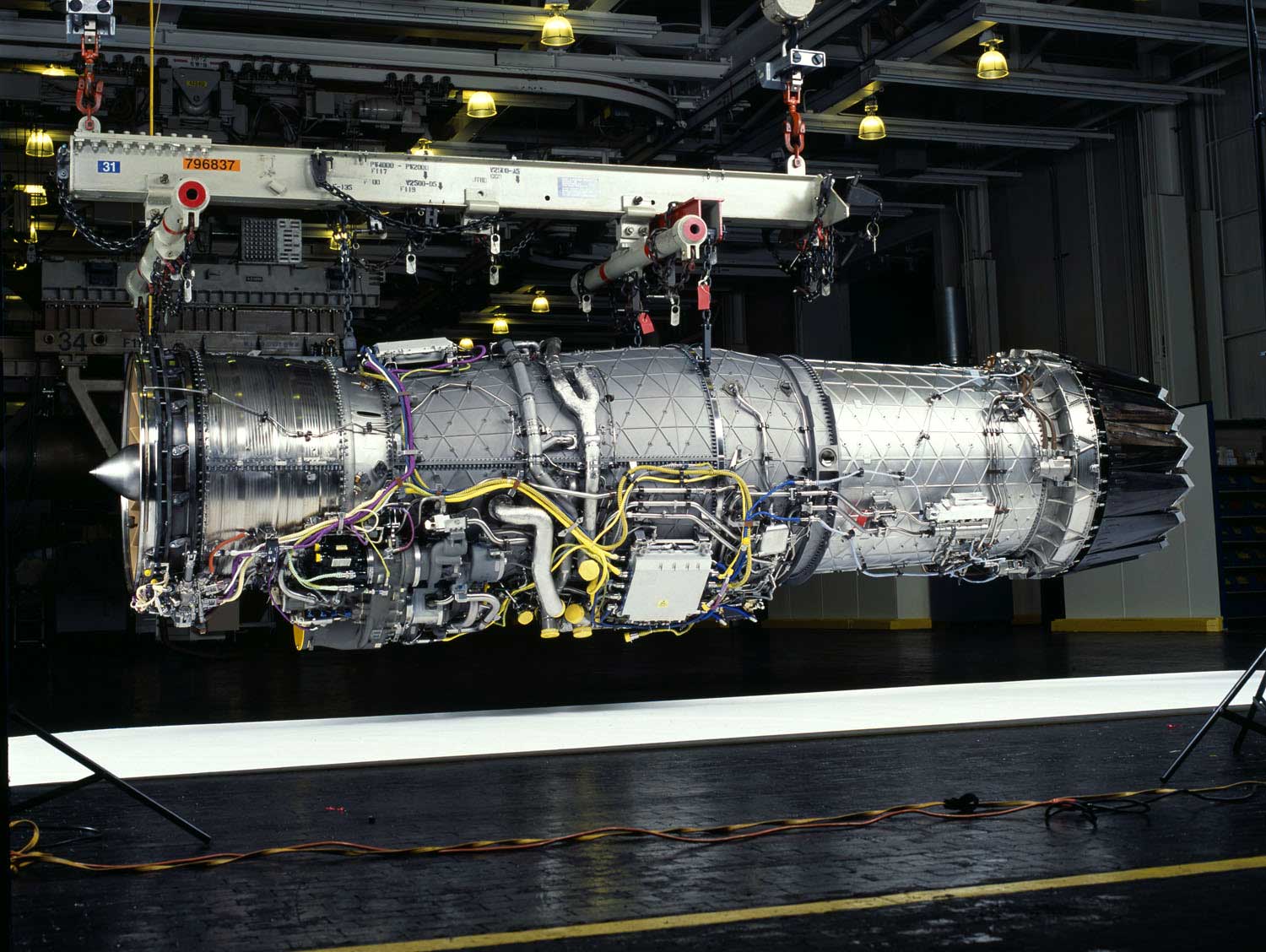
F-35 Program Will Give Pratt Sole-Source Engine Upgrade Work
Pratt & Whitney, an RTX company, will upgrade the F135 engine as the sole source, the F-35 Joint Program Office announced.
Quote from Lt. Gen. Michael Schmidt, JPO director:
Adding a second source would incur “significant duplication of cost and unacceptable performance risks and schedule delays,”
- Joined
- 15 January 2021
- Messages
- 237
- Reaction score
- 766
Competition in the source of military fighter engines is often a false economy. These are not off the shelf commodities. The government pays for the development and owns most of the intellectual property. If you have competitive engines, you pay for two development programs, two production and supply lines, and two logistics & maintenance programs.
Once the engines are developed, virtually the only competition is production price and support. And you have to pay to keep both engines’ production capability in place, otherwise the loser closes up shop and you are back to a single supplier going forward, exactly the same place you were before competing the two engines with double the cost.
In the Great Engine War between the F100 and F110, GE won a 75% share the first year, but then it remained roughly 50-50 the rest of the program. It kept both P&W and GE in the game, and may have saved some acquisition costs, but is doubtful that it saved overall program costs. This is why the competition is usually decided after a technology demonstration and proposal stage, and not after EMD.
Once the engines are developed, virtually the only competition is production price and support. And you have to pay to keep both engines’ production capability in place, otherwise the loser closes up shop and you are back to a single supplier going forward, exactly the same place you were before competing the two engines with double the cost.
In the Great Engine War between the F100 and F110, GE won a 75% share the first year, but then it remained roughly 50-50 the rest of the program. It kept both P&W and GE in the game, and may have saved some acquisition costs, but is doubtful that it saved overall program costs. This is why the competition is usually decided after a technology demonstration and proposal stage, and not after EMD.
Once you scale into the hundreds or thousands of units there can be a crossover of logistic simplicity versus logistic capability. It may be more advantageous to have two supply chains despite the complexity it introduces.
Airlines often find this with large fleets, splitting engine or airframe suppliers can be more economical than enforced standardisation.
Honest question, how often have fighters had multiple production engines?
- Joined
- 15 January 2021
- Messages
- 237
- Reaction score
- 766
I can only think of 2: F-15E+, and F-16 Block 30+ can take either F100-220/220E/229 or F110-100/129. There have been others where the production engine changed: F-86 got an Orenda engine for later Canadian (maybe Australian also), F-4K got RR Spey. There may be others, but very few have had interchangeable alternative engines.Honest question, how often have fighters had multiple production engines?
Last edited:
I can only thing of 2: F-15E+, and F-16 Block 30+ can take either F100-220/220E/229 or F110-100/129. There have been others where the production engine changed: F-86 got an Orenda engine for later Canadian (maybe Australian also), F-4K got RR Spey. There may be others, but very few have had interchangeable alternative engines.
I kinda assumed it was a short list…the issues of training, parts, and logistics for different engine types on a global scale is problematic. A civilian company can restrict those to specific markets and regions; a military arm cannot afford to rotate an aircraft to region in a surge and have no one able to maintain it, nor can it afford two sets of training or two sets of maintainers. For the U.S., the same aircraft that might find itself in the Mideast or Europe might also be surged to the Pacific at the drop of a hat.
The ability to sustain a platform is on logistic side, it is rarely every count as platform capability but rather like the industrial capability of the manufacturer. Beside, when making new fighters, new missiles, new tanks, the new one always have fewer factories, depot..etc. Yet it doesn't stopping us from making new weapons like NGAD, LRASM, HACM..etc.the ability to sustain a platform is most definitely part of overall capability. It doesn’t matter if your engine gives you warp speed if it can’t get in the air because of lack of serviceability. Or to put it another way, an Air Force with Fokker Eindeckers will defeat one with F-22s if the former can get in the air while the latter is grounded due to lack of sustainment support.
Beside, they gonna make the 3 stream engines for NGAD anyway, so they will eventually have to make factories, deport for 3 stream engines, may as well doing it now rather than later
To be honest though, reading the report, most pilot agreed F-35 close in agility is worse than F-16 and F-22,its not as if the F-35 really suffers on that front. Just check the reports from pilots and exercises. The Air Forces operating are satisfied with its capabilities. One also shouldn’t get so tied up in kinematic performance when you factor in the F-35s overall sensor ( on board and off board), data fusion and LO capabilities and the ability it has to see and not be seen…
For kinematic that valuable for BVR such as super cruising speed, acceleration, altitude then F-35 is worse than Rafale, Eurofighter. Sure F-35 does have advantage in VLO and radar detection range compared to these 4.5 gen fighters. But we have to consider that in future, F-35 will have to face off against things like J-20, Su-57, J-35..etc where F-35 might no longer have the overall sensor advantage. Then the kinematic is important again.
Additional range is important to loiter times and reach for carrier air wing too
Apparently, XA100 currently fit inside F-35A and F-35CNot if one type doesn’t fit in the platforms…
GE’s engine is uniquely designed to fit in the F-35A, as well as the F-35C without modifications to the tailhook. The XA100’s improved fuel efficiency provides a significant reduction in carbon emissions and will operate on any U.S. Air Force-approved Sustainable Aviation Fuel.
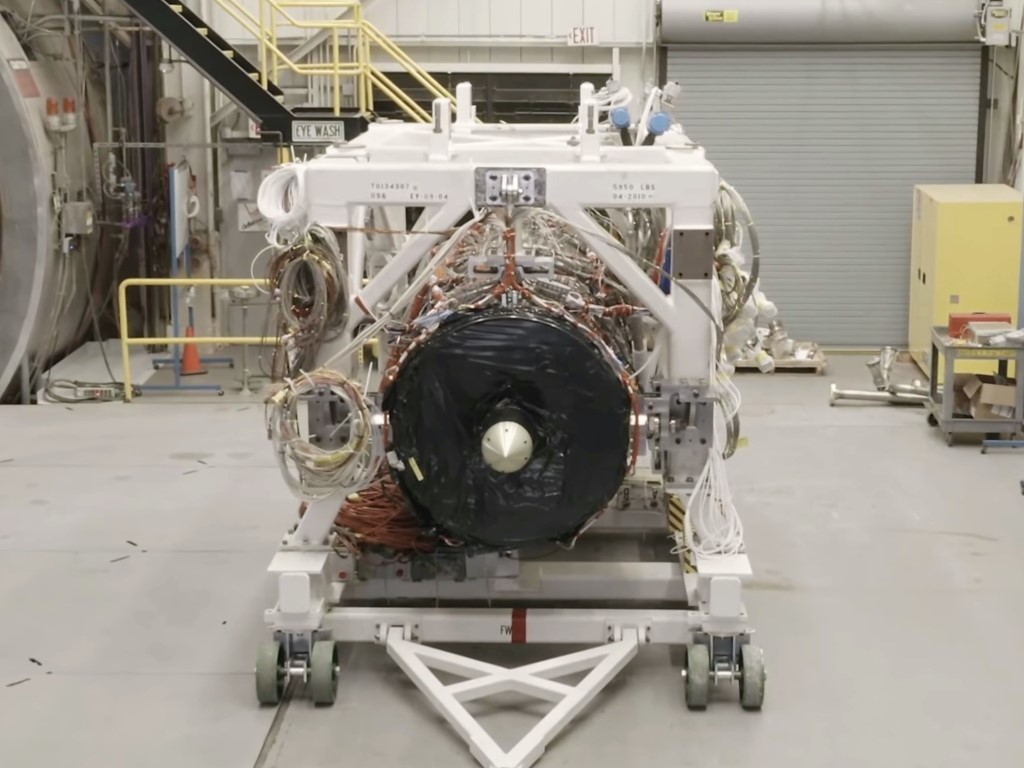
Testing complete on GE’s proposed F-35 engine upgrade - Aerospace Manufacturing
The US Air Force and GE have successfully concluded testing the company’s second XA100 adaptive cycle engine at the Arnold Engineering Development Complex (AEDC).
- Joined
- 19 February 2007
- Messages
- 1,108
- Reaction score
- 1,532
A few thoughts - as distinct from licensed production and additional engineering (Rolls & Pratt with the J48; Armstrong Siddeley and Wright with the J65), second source manufacturing for jet engines was relatively common during the 1950s - some examples in the US being:I can only thing of 2: F-15E+, and F-16 Block 30+ can take either F100-220/220E/229 or F110-100/129. There have been others where the production engine changed: F-86 got an Orenda engine for later Canadian (maybe Australian also), F-4K got RR Spey. There may be others, but very few have had interchangeable alternative engines.
GE J35 – Allison and Chevrolet
GE J47 - Packard and Studebaker
P&W J57 – Ford
Wright J65 - Buick
(which makes sense with the B-47 needing six engines and the B-52 needing eight.)
I believe that parts were interchangeable between manufacturers for the particular engine variant, but would have to dive into the specific IPB catalogues to verify - I'll leave that as an exercise for the reader.
Aircraft production numbers declined in the sixties and seventies which allowed OEM production only. The last attempt to second-source an engine was when the Navy split the buy of F404s between GE and Pratt with the F-18 being the intended application (this was in addition to the anticipated production of the A-6F with dry F404s). A production contract for 102 engines worth $174m was awarded to Pratt in FY88. This was another watermark of the Lehman era as SecNav.
I think that the intent was that the Pratt engines be Form/Fit/Function drop-in replacements for the GE-built engines. In the event, this was not to be; for whatever reason (and there was a lot of blamestorming) Pratt parts were not interchangeable with GE parts, nor did the engines perform exactly the same (differing stall margins, etc). In addition, costs were higher and the Pratt program ran late as they struggled to replicate GE processes based on the Navy reprocurement data packages. Eventually, the A-6F was cancelled which relieved the production pressure on GE; the lowered production rates then rendered the second source completely uneconomical (along with Pratt's production difficulties).
----------------------------------------------------------------------------------------------------
I should note that I am using the term "second source" to mean an engine that is license built by another manufacturer than the OEM and is interchangeable in the target aircraft. The use of a different engine for the same application, I would call an "alternate engine" such as the F135/F136. This is quite common in the airliner field, particularly with Boeing in the 70s and 80s. IIRC, the 747-400 and the 767 were certificated with the choice of three different manufacturers engines.
Last edited:
- Joined
- 3 June 2011
- Messages
- 17,351
- Reaction score
- 9,112
The idea of multiple engine types has usually been used as a hammer to beat on programs people want to kill (because it IS more expensive to fund two different types of engines). The Gripen doesn't even do that and there are multiple engines it could have used, off the shelf, just in Europe alone (EJ200, M88). And they didn't. By FAR the more common situation is one type of engine per aircraft (Typhoon, Rafale, Flankers across the world, etc.). Hell, you frequently have one type of engine powering multiple aircraft. How many aircraft used the J79? J57? F414? F404? With few exceptions it's difficult to take those demanding multiple types of engines for one aircraft seriously. The F-14 would be one of those exceptions because the TF30 was only ever intended as an interim engine.Competition in the source of military fighter engines is often a false economy. These are not off the shelf commodities. The government pays for the development and owns most of the intellectual property. If you have competitive engines, you pay for two development programs, two production and supply lines, and two logistics & maintenance programs.
Once the engines are developed, virtually the only competition is production price and support. And you have to pay to keep both engines’ production capability in place, otherwise the loser closes up shop and you are back to a single supplier going forward, exactly the same place you were before competing the two engines with double the cost.
In the Great Engine War between the F100 and F110, GE won a 75% share the first year, but then it remained roughly 50-50 the rest of the program. It kept both P&W and GE in the game, and may have saved some acquisition costs, but is doubtful that it saved overall program costs. This is why the competition is usually decided after a technology demonstration and proposal stage, and not after EMD.
Last edited:
- Joined
- 3 June 2011
- Messages
- 17,351
- Reaction score
- 9,112
In this case the engines already existed or were company funded. For example, American Airlines didn't demand Boeing fund the development of three different engines for its 747. Commercial and military are very different in the way things are funded. And Rolls can't fund the development of its own engine and then demand customers use it. The F100/F110 worked because the F100 was having problems (thus the incentive to look for a second engine) and the F101 already existed to be made into the F110. If the F101 hadn't existed there would have been no F110. They'd have muddled through until the F100 was good to go. Like the Tomcat and F-111 did with the TF30.I should note that I am using the term "second source" to mean an engine that is license built by another manufacturer than the OEM and is interchangeable in the target aircraft. The use of a different engine for the same application, I would call an "alternate engine" such as the F135/F136. This is quite common in the airliner field, particularly with Boeing in the 70s and 80s. IIRC, the 747-400 and the 767 were certificated with the choice of three different manufacturers engines.
BlackBat242
OK, I changed my personal text ;)
- Joined
- 10 April 2013
- Messages
- 811
- Reaction score
- 1,998
The J65 is not a good example... the Buick engines had regular and sustained problems... in most applications (B-57, F-84F, FJ-3 Fury) the Buick engines often leaked oil onto the engine casing, the heat then burning the oil and gumming up the inside of the engine bays.A few thoughts - as distinct from licensed production and additional engineering (Rolls & Pratt with the J48; Armstrong Siddeley and Wright with the J65), second source manufacturing for jet engines was relatively common during the 1950s - some examples in the US being:
GE J35 – Allison and Chevrolet
GE J47 - Packard and Studebaker
P&W J57 – Ford
Wright J65 - Buick
(which makes sense with the B-47 needing six engines and the B-52 needing eight.)
I believe that parts were interchangeable between manufacturers for the particular engine variant, but would have to dive into the specific IPB catalogues to verify - I'll leave that as an exercise for the reader.
In the B-57 especially, the smoke would circulate into the cockpit air system and fill the cockpit with smoke.
In the FJ-3 Fury the oil supply would sometimes "dump" during the catapult launch, with the engine starting to run rough and then seize - sometimes the aircraft could circle back around for an emergency recovery and sometimes not.
Fortunately for the A-4s and F11F Tigers, they never got any Buick-built ones (most of those went to the USAF except for a small number in the FJ-3s), and so had significantly fewer engine issues.
Before the FJ-4s and F11F entered production Buick was ordered to drop their J65 line, and Wright resumed making all of the J65s needed by both the USAF and USN/USMC.
- Joined
- 19 February 2007
- Messages
- 1,108
- Reaction score
- 1,532
True with the J65 - overall, not rally a great success in the US - of course it had the reputation of being the only jet engine "built around an oil leak"! This was reportedly due to the oil system not having a recovery sump - the oil being vented overboard after use. True? I don't know - but it does explain the stains down the sides of the early A4Ds.
Before the FJ-4s and F11F entered production Buick was ordered to drop their J65 line
That's the AF-1E and F-11A.
Last edited:
South Korea expands F-35A fighter fleet: https://defence-blog.com/south-korea-expands-f-35a-fighter-fleet/
- Joined
- 3 June 2006
- Messages
- 2,846
- Reaction score
- 2,567
The F-35s for the Turkish Air Force are stored in a hanger.
The F-35s for the Turkish Air Force are stored in a hanger.
I suppose that once that idiot Erdogan sees the light and gets rid of Turkey's SA-21 Growler batteries Turkey will get its F-35s?
snne
ACCESS: Top Secret
- Joined
- 3 July 2022
- Messages
- 604
- Reaction score
- 1,641
Its not simple as that. Granted the S-400 gave the Americans the perfect excuse but it was a breaking point rather than a reason.I suppose that once that idiot Erdogan sees the light and gets rid of Turkey's SA-21 Growler batteries Turkey will get its F-35s?
There are/were a lot of other issues between Turkey and the USA. US-YPG partnership in Syria, non-extradition of the Fetullah Gulen, Brunson crisis, etc... The S-400 gave the US the perfect excuse to take a drastic action against Turkey.
They didn't just stop the delivery of Turkish F-35s, they kicked Turkey out of the whole program. They're now replacing Turkish industrial participation with Germany.
Nowadays both countries are only allies on paper. US even shot down a Turkish drone only a month ago...
I suppose that once that idiot Erdogan sees the light and gets rid of Turkey's SA-21 Growler batteries Turkey will get its F-35s?
I don’t think the S-400s are ever going away. He would have to admit he made a mistake for that to happen. That is hard for any politician to do, let alone “just the” Tayyip.
ETA: in fact at one point the Greeks were trying to buy the F-35s slated for Turkey, but someone decided that might start a war.
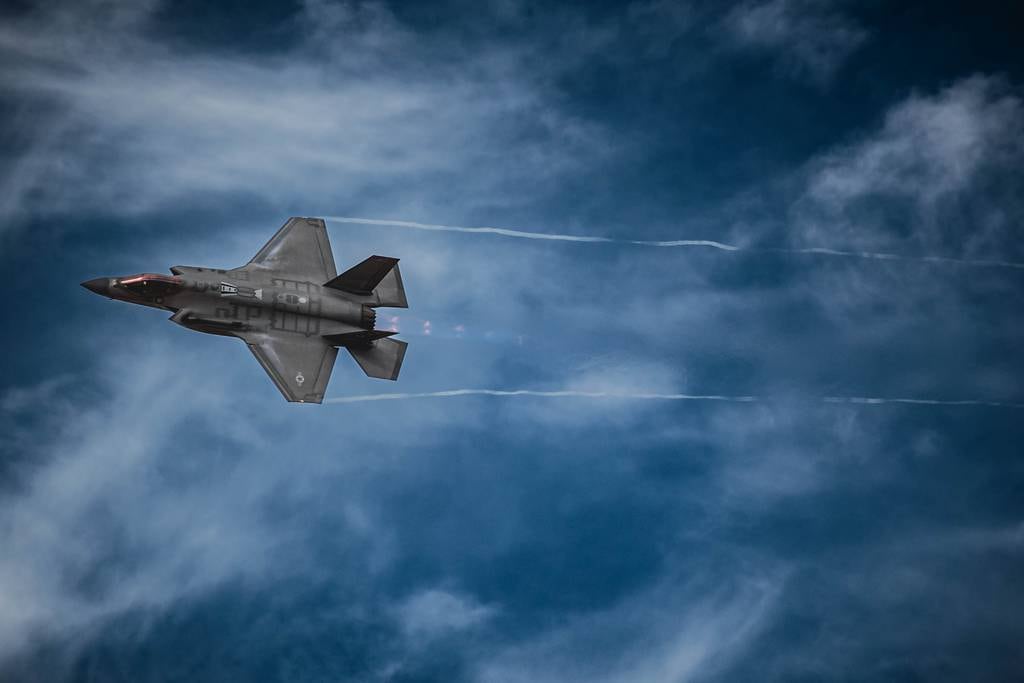
New in 2024: F-35 program eyes key upgrade, delivery restart
The delays could have a cascading effect that hurts the Air Force’s ability to manage its units worldwide.
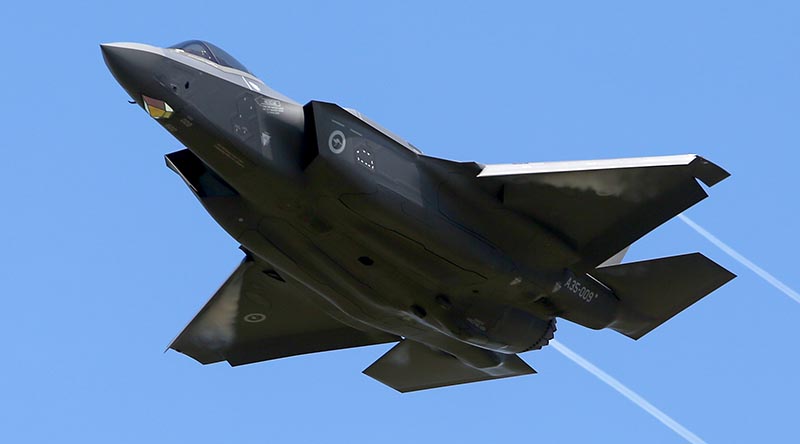
Newcastle set to become regional F-35 servicing hub - CONTACT magazine
Share the post "Newcastle set to become regional F-35 servicing hub" FacebookLinkedInPinterestTwitterShare…Email Hunter Region’s future as the Indo-Pacific hub for
www.contactairlandandsea.com
F-35 is probably the poster child for bad program management, but never the less a thousand have been made and over a dozen countries have signed contracts. I suspect that is more than S400 exports.
But the products themselves don’t particularly matter in this case or indeed most cases: when it comes to major defense purchases, it is largely about politics.
But the products themselves don’t particularly matter in this case or indeed most cases: when it comes to major defense purchases, it is largely about politics.
Similar threads
-
-
Lockheed Martin F-16 Fighting Falcon Developments
- Started by seruriermarshal
- Replies: 473
-
Canada Future fighter capability project (ex-Next Generation Fighter Capability)
- Started by aam641
- Replies: 210
-
-
